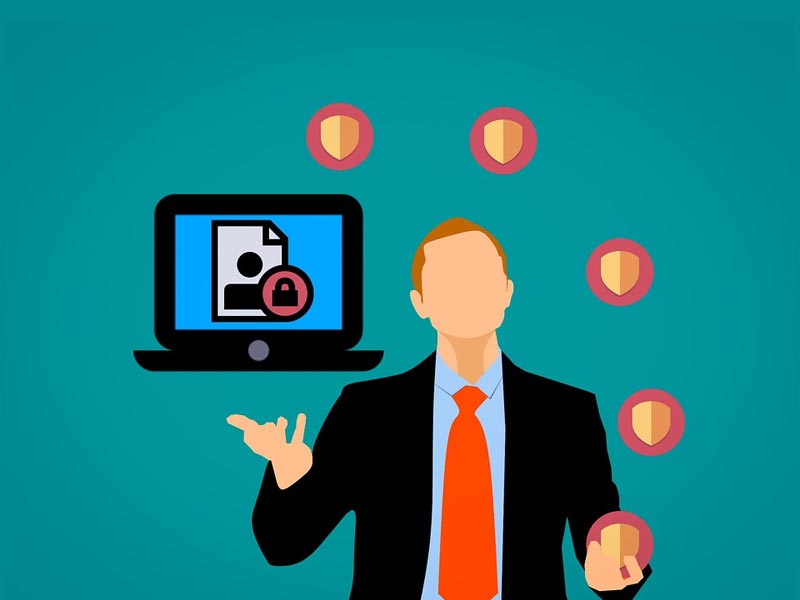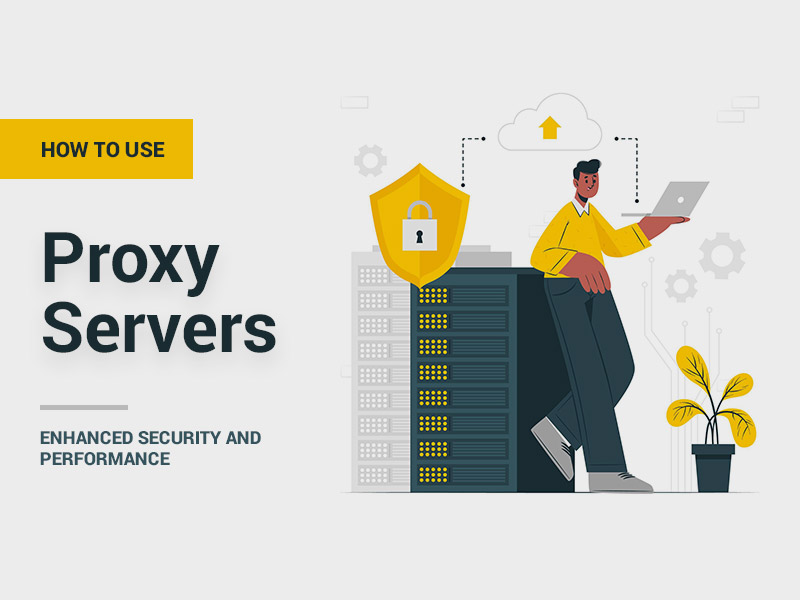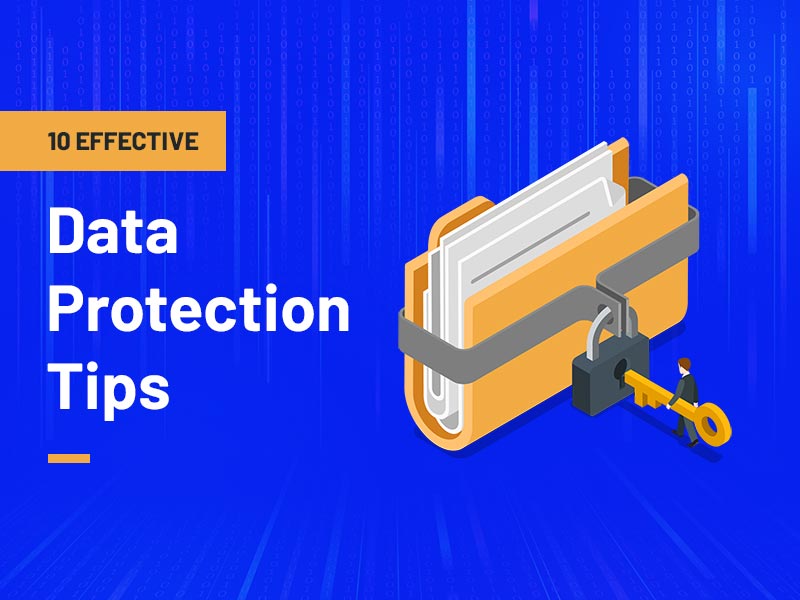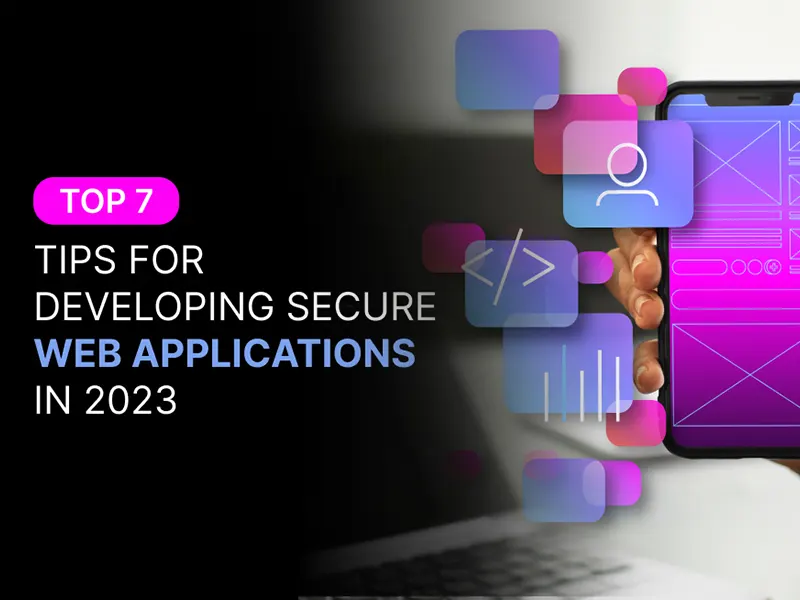A hack is an umbrella term for all sorts of malicious pieces of code on the world wide web. It can be anything from a simple ad-tracker to a full-on spear phishing attack. But no matter the type of hack, you can do virtually only one thing to protect your data – prepare yourself.
Protecting your data boils down to developing healthy cybersecurity habits. And here, we have six essential steps to making your data as hack-proof as possible. Let’s dig in!
6 Steps to Making Your Data Almost Impossible to Hack
1. Use strong passwords
Your passwords are the first line of defense against hackers. A lot of scams work because people don’t pay attention to their credentials. Here are a few quick tips:
- Use a fresh password each time you create a new account;
- Never reuse old passwords;
- Change your passwords regularly.
2. Learn how to recognize phishing
Phishing is a type of social hacking where hackers create an elaborate way to make you click a link or install an app. Usually, phishing is done through email. And the most common scam will revolve around you resetting your password due to a “security threat“. The scammer provides a link within the email that leads to a fake site masquerading as the password reset page for the XYZ service. You see where this is going.
To avoid phishing, double-check all the links that come from suspicious sources, and always scrutinize requests that require you to meddle with your credentials.
3. Set up multi-factor authentication
One way to stop a large portion of hacks is to use multi-factor authentication wherever possible. With this system, you can prevent a hacker from making changes to your accounts before they even get in.
Bonus security points if you involve biometrics as a security factor. Hackers can rarely (if ever) get past a biometric check.
4. Steer clear of shady 3rd party apps
This one speaks for itself. The thing is, once you click “Install” and approve a .exe to unpack stuff on your computer, it’s probably too late. That’s why unverified 3rd party apps are a gamble – it’s really easy to hide infected files behind an executable file.
It’s not that you need to cut out these programs entirely. If you’re downloading a lesser-known app, it won’t hurt to ask around on the internet. Reddit and Quora are great for quick facts and user experience (taken with a grain of salt).
5. Use encryption wherever possible
In layman’s terms, encryption is the process of using extremely complex mathematics to cipher and decipher data. It would take a lot of time and computing power for a hacker to break through encryption. Virtually forever. There are three ways you can use this tech to significantly reinforce your cybersecurity:
- 1. A VPN to protect your online traffic and privacy. You also get to enjoy geo-restricted content.
- 2. End-to-end encrypted messaging apps to keep your communication private.
- 3. Encrypted cloud storage to help you organize and store your data.
6. Beware of free public WiFi
Free public WiFi hotspots are the sweet spot for any hacker. And most people don’t care as long as the WiFi is open and the signal is good. There are multiple ways a hacker can exploit public WiFi networks (like the ones found on college campuses, coffee shops, or airports).
A hacker can create a fake hotspot, and once you connect, they may intercept your connection without you even knowing it. They can inject malware or steal your sensitive data, like credit card information.
So, it would be best to stay away from free public networks in general.
It’s all about cybersecurity habits
All of this sounds like a lot to take on at once. Start slow and build your way to a more secure digital environment. A little common sense and alertness can help as well. Discover the best cyber security companies in Dubai to unlock the more possibilities today!
To recap – update your passwords and keep them complex, use encryption wherever possible, create a protected backup, and do your research before installing lesser-known 3rd party apps.
Remain vigilant and stay safe!
Also read: Are VPNs and Private Browsing Really Safe?







